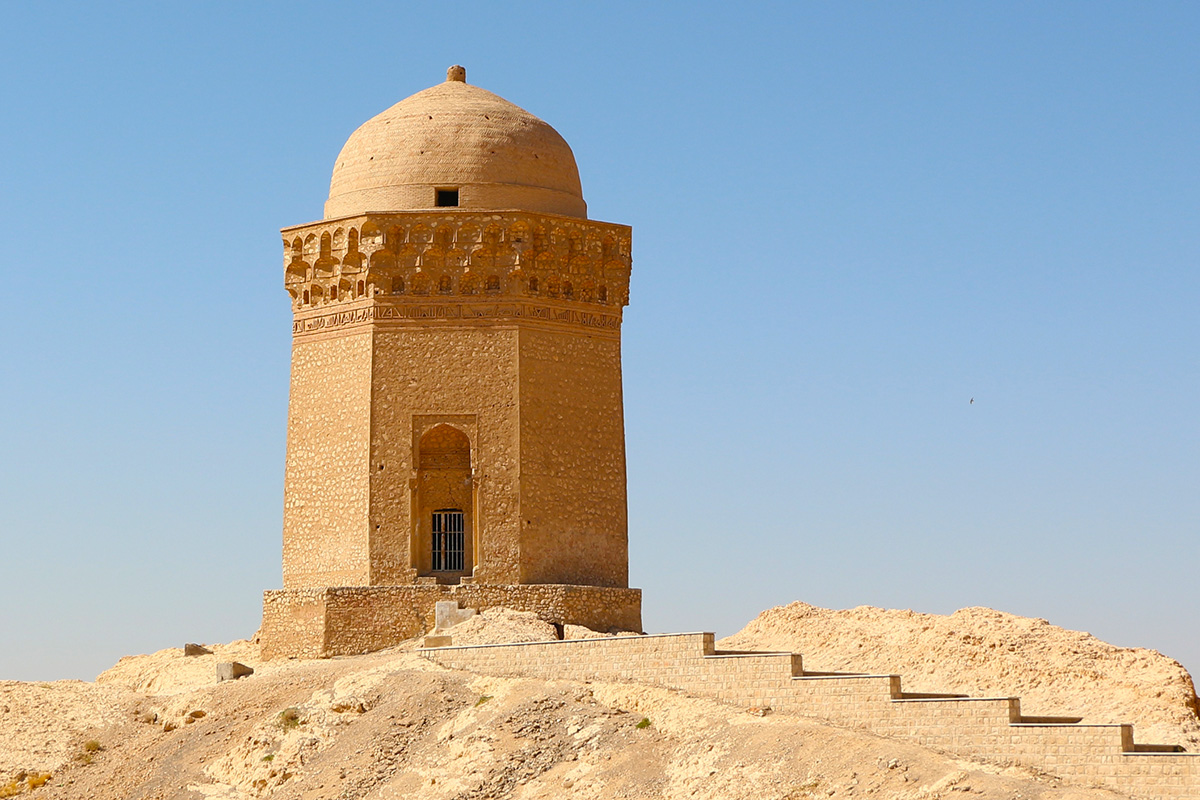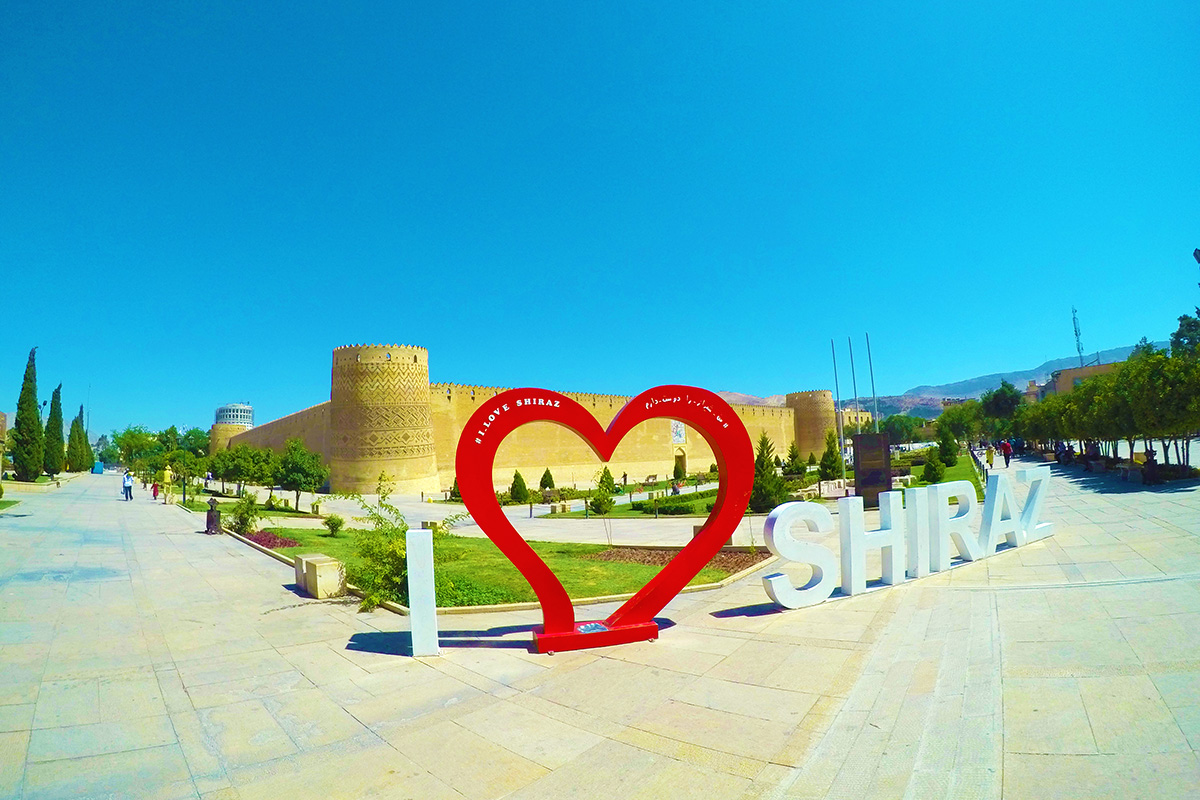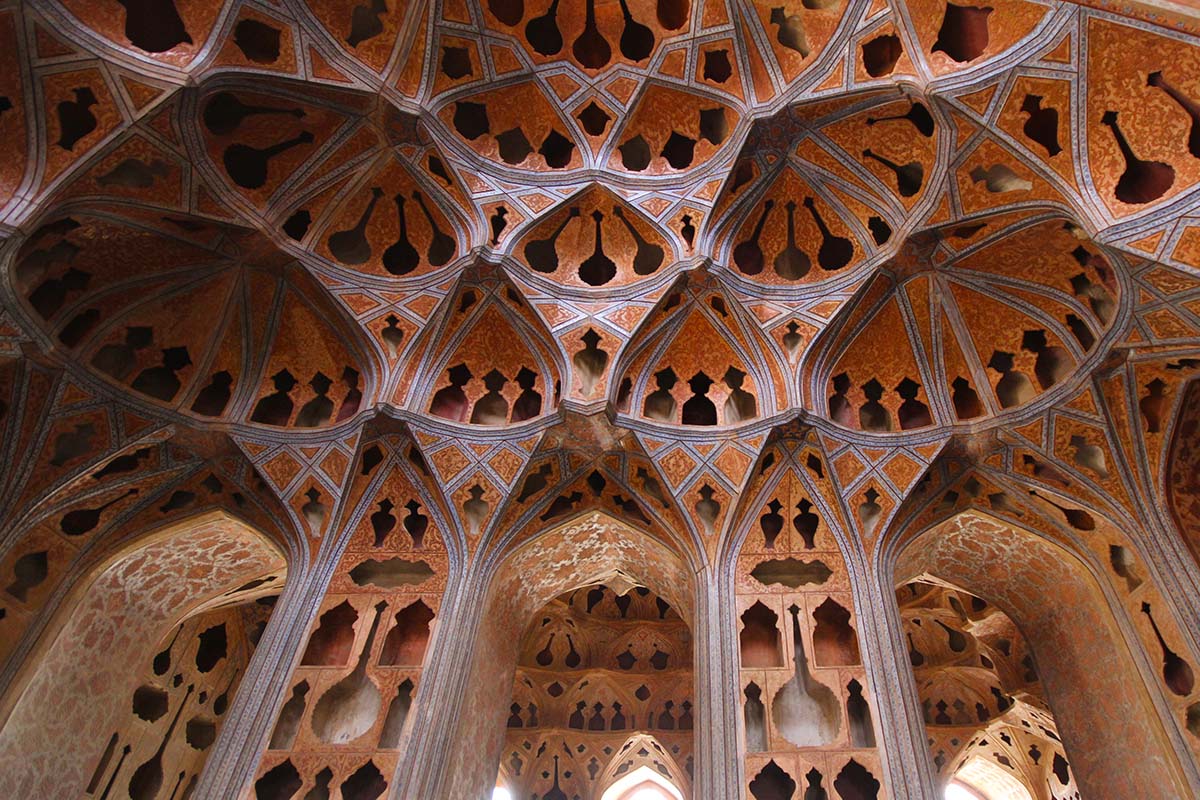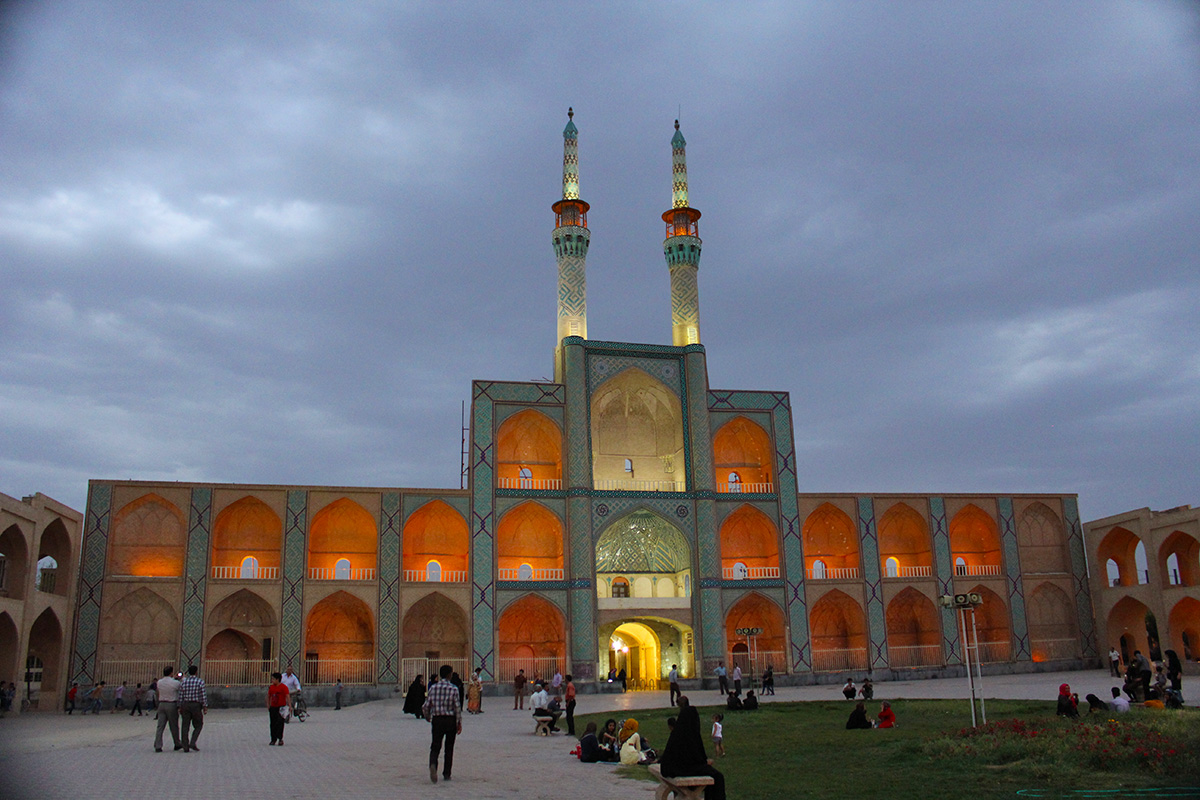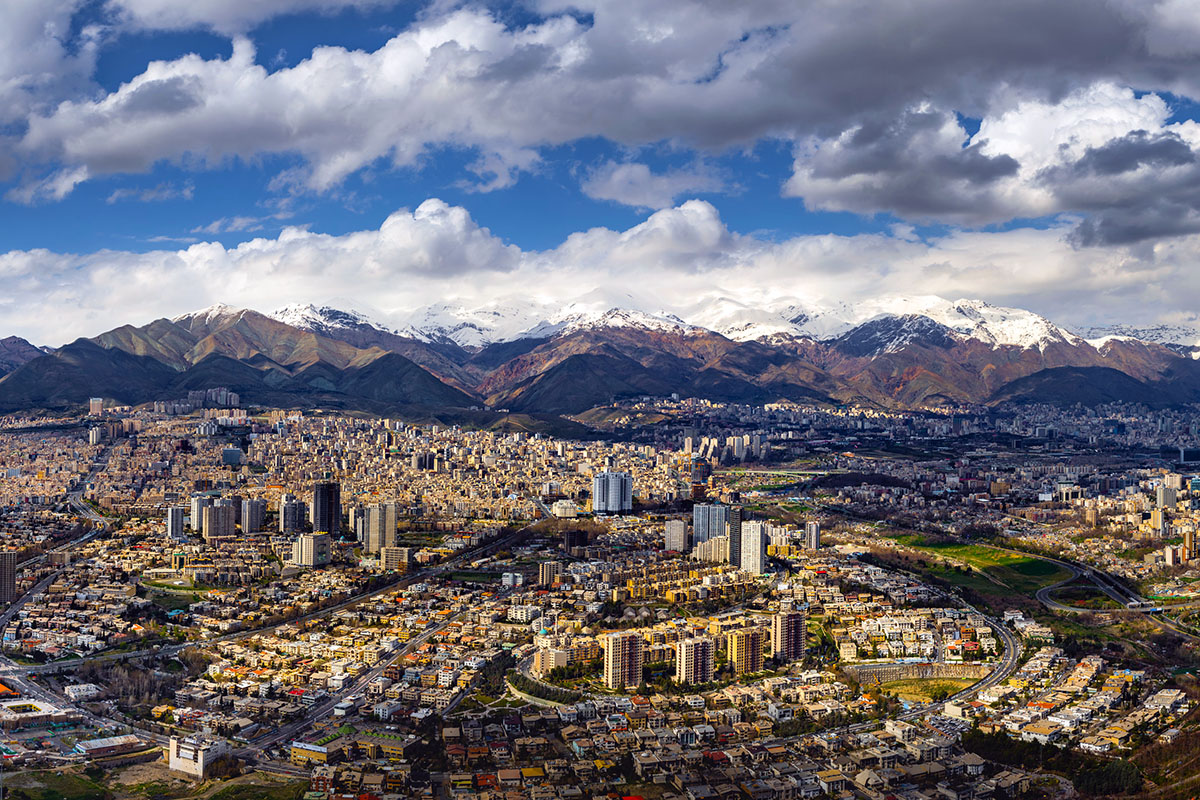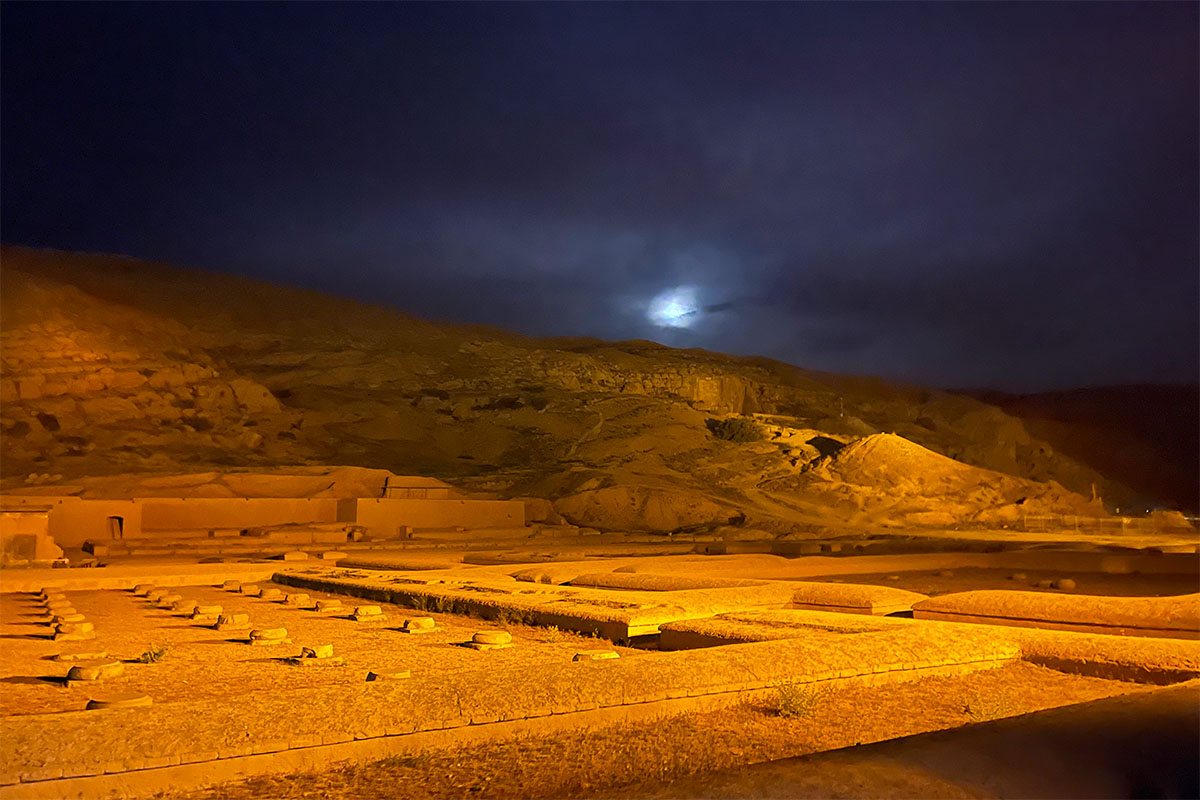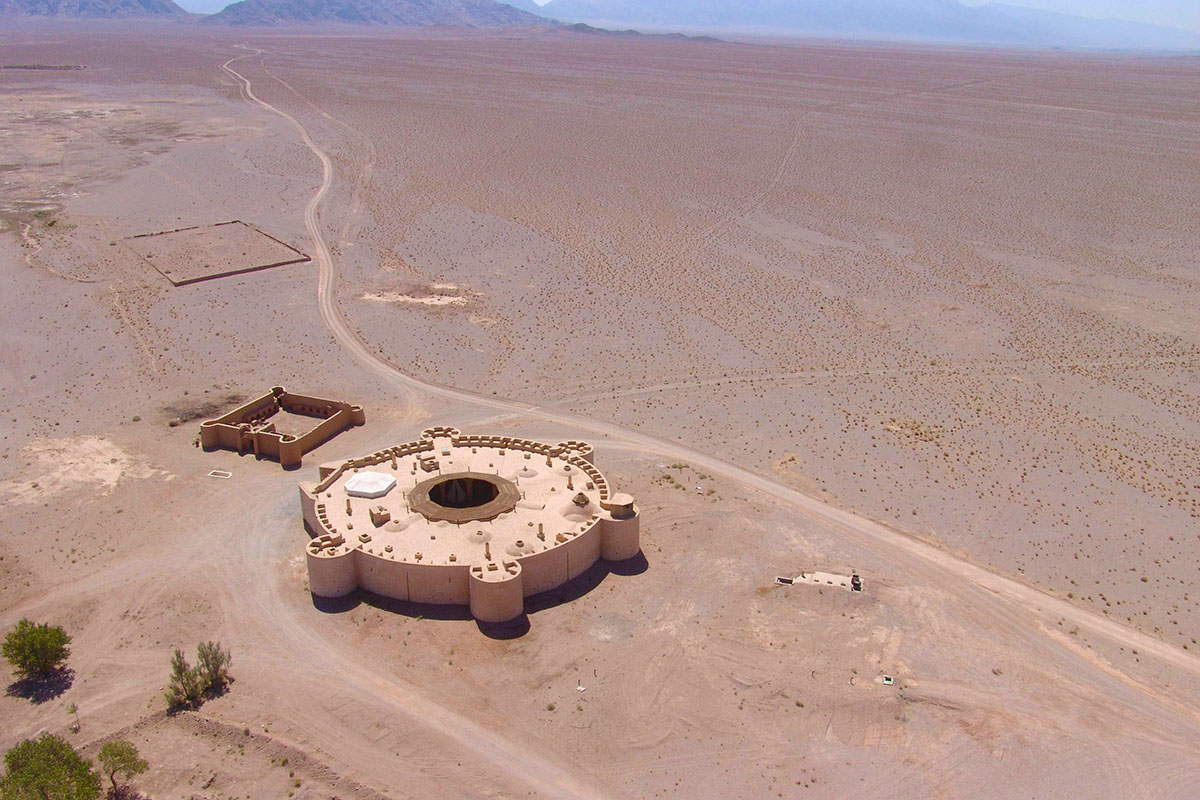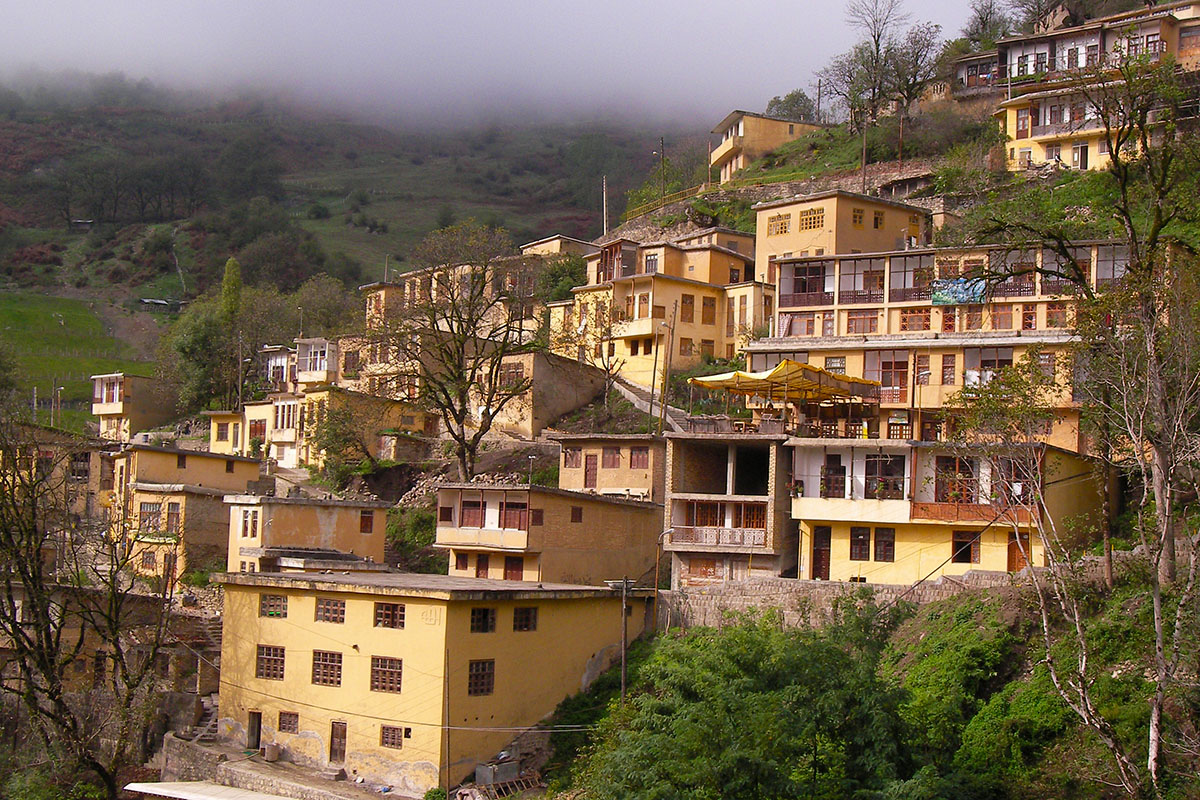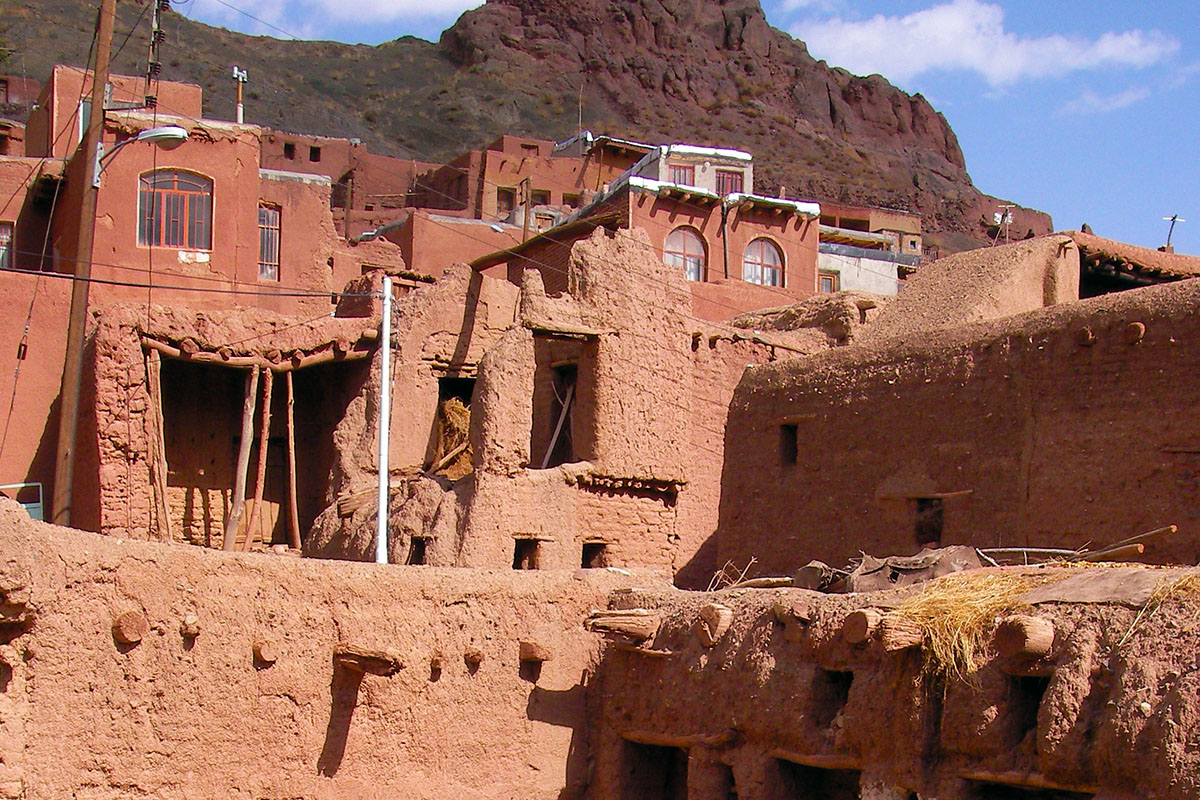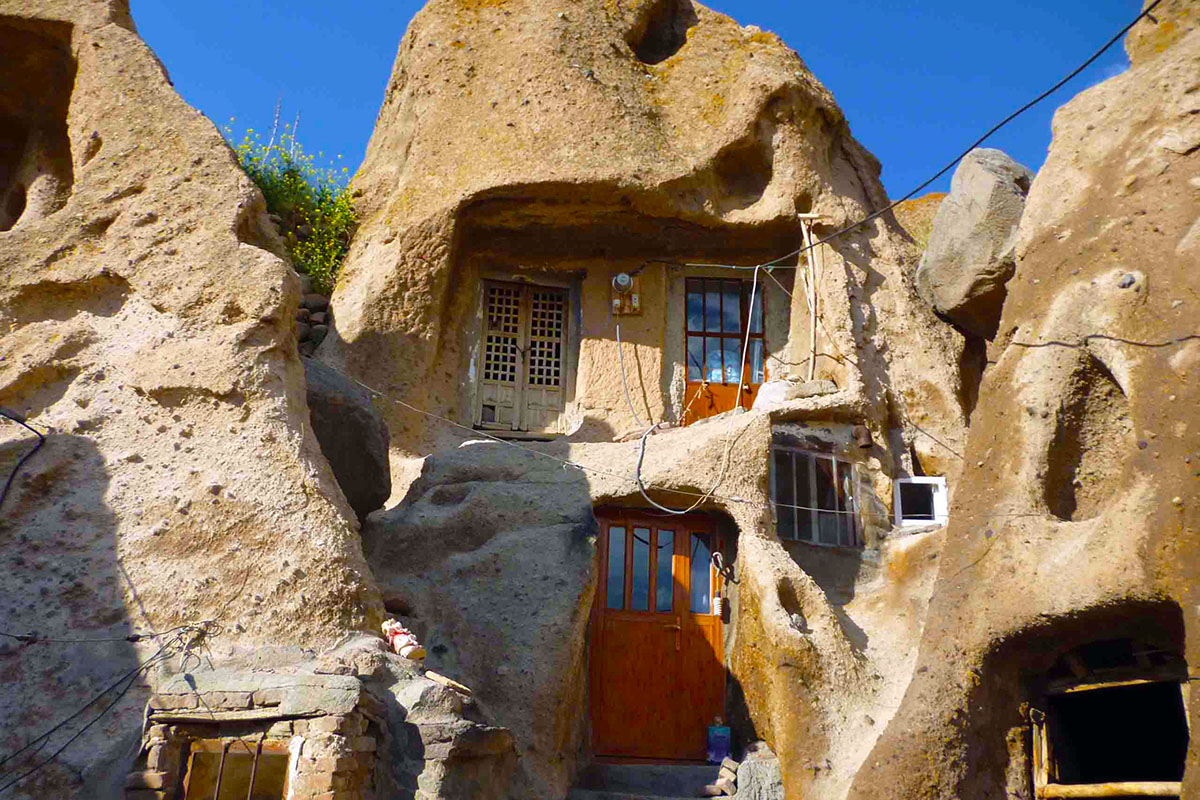Abarkuh (Abarqu), a city in Yazd Province, is located on the way of Yazd - Eghlid – Yasouj highway. In terms of geography, this ancient tourist town is situated between three historical cities of Isfahan, Yazd and Shiraz, as it is approximately in the middle of a triangle. Abarkuh is located in the southwest of Taft and Yazd province with an approximate area of 5641 km. After riding 2 hours through Yazd road and on the twisting route among the mountains, you will get to a city that its people insist to call their city “Abarkuh" not “Abrquh“. A legendary city with numerous elegant mud houses and an antiquity of at least four thousand years which was once the crossroad of the Silk Road. At first glance this city may not seem very significant, but a small excursion to the city is enough to recall the lost magnificent and thriving days of this town and you will certainly encounter people with utmost kindness. The appellation of the name of this town is due to its situation at the foot of the mountain. Arabs did the same thing with a lot of names, as changed Abarkuh to Abarquh. When it comes to the antiquity of Abarkuh, everything is mixed with legend. The old cypress of Abarkuh which is considered the world's oldest living organism, takes the speculation to 4 or 5 thousand years ago. The Russian Alexandrov believes that the thick trunks and branches are at least four thousand years old, though Andrea Godar estimated its age as 5 thousand years and another Japanese archeologist knows it to be eight thousands.
History
Regarding the creation and antiquity of this city, there are several stories which have no valid scientific reference but the great antiquity of this town can be realized according to its remaining monuments. Its exact date should be sought in the scattered writings of Alexander who determined current Yazd as a prison (ie, when he founded Yazd), he sent agents to "Ray" to bring him tributes from the states of Abarquh, Isfahan, Istakhr and Qom. If it is true, then the antiquity of Abarkuh is not only more than Yazd, but also equal and even in the same category with the cities of Isfahan and Istakhr. Abarkuh town and its neighboring villages were by the way of Silk Road in the past. If there was occasional mention of Abarkuh in the centuries before and after Islam, it was due to its situation at the cross of the roads which came from the east and led to the west and also the way from the south joined it. Kings and rulers used this city both before and after Islam at their campaign, they passed it or stopped for several days including Shah Abbas who built numerous caravanserais along the way in this region for the rest of travelers.
Climate
Abarkuh has hot and dry desert climate. The climate of this city in general scale, has the characteristics of desert lands in Iran’s plateau. From its features are low rainfalls, high heat amplitude and drought. The highest average temperature is for June, July, August and September, and these 4 months are relatively different from other months of the year in terms of temperature. The months of December, January and February, are the coolest months of the year. The highest temperature was recorded 39.1 ° C in August and the lowest temperature in January and February is 4.0 ° C. The highest monthly rainfall is for February and April between 15.5 - 12 mm and the wind direction is often northwest-southeast.
Abarkuh Desert
Abarkuh Desert in Yazd province is located at 20 kilometers east of the city of Abarkuh. It has an oval shape with the scope of North-South. Its large diameter and small diameter are about 50 km and 35 km respectively. Much of the desert is covered with salt or scattered sinking. The desert of Abarkuh obtains its main water from two rivers in the north-western margin or from other rivers in the southeastern edge. What makes Abarkuh desert different from many other regions of the country is the river of Kasehroud, one of the most beautiful natural attractions with different potentials upon which they laid the name of the jewelry of desert.
Language
Abarkuh people speak in Persian with the common dialect of their region and have preserved many beautiful words and combinations of Persian.
How to reach
The entry to the city of Abarkuh is possible from three separate roads:
From Yazd road (North- East) which is 150 km, from Shiraz road (south) which is 300 km and from Isfahan road (north) which is 270 km.
Attractions
Abarkuh Cypress
"Cypress of four thousand and five hundred years old '', ''Iran's second oldest living organism", "The second Iran’s natural monument registered in the National Heritage List", are just several important titles of the old cypress of Abarkuh which can introduce it to the world as a natural phenomenon in Yazd and in the city of Abarkuh. "Abarkuh Cypress" known as “Parsik” is located in the southwest part of the city of Abarkuh and has granted reputation and historical importance to the city. This tree has a trunk with a diameter of about 4.5 meters, the trunk circumference reaches to eleven and a half meters, together with branches with a diameter of 1.85 mm and a height of 35 meters. The old Cypress of Abarkuh has the old Persian name of "Zarbin” and the scientific name of «Cupresus Sempervirens Var. horizontal » and is located in the protected area in the town of Abarkuh. After the summit of Damavand in Tehran, it is considered as the second largest natural phenomenon registered in the National Heritage List. There are quoted myths and stories about the history and antiquity of this cypress that often have no valid scientific reference document, but some historical evidence can be found in the scattered writings. Some estimates are scientific but most of the myths are not close to the reality. Some historians believe that this tree is planted in the current location by “Japheth", "son of Noah, the prophet" after the famous storm.
Jame Mosque
This mosque which is located between the old and new city, dates back to the Mongols period. Jame mosque of Abarkuh, is located next to the main square. The main constructional material implemented in this building is adobe. This mosque has four porches with a courtyard in the middle of it. The entrance of the mosque is opened to the north and is connected to the courtyard with an octagonal vestibule. At the entrance you can find out it belongs to the fourth century AH and perhaps earlier. During Ilkhanid period, it was turned into this form and some parts were added to it in Timurid and Safavid eras. The works ranging from pre-Islamic period to the 13th and 14th centuries AH can be seen in this building. The mosque entrance is of great height, there is a chamber in its south with nice arches that have elegant tile works. In this mosque, different types of Arabesque motifs and Kufic inscriptions are implemented. From the other four altars, three are made of marble and lime stones and the last one is made from simple tiles. The stucco altar of this mosque can solely represent the glory and magnificence of the architecture during Ilkhanid period.
Aali Dome
This high monument laid over the rocky mountain of the city of Abarkuh, has such an elegant simple architecture which attracts any viewers. It is a steady dome over a high mountain from where you can watch the historical city of Abarkuh, a place you can perceive its beauty and originality only once you are there. The octagonal dome which is considered as the oldest and strongest monument of this city, is the tomb "Amir Shams al-Din al-Doleh" which was built in the eighth century AH on the orders of Firuzan. The wall and ceiling of this monument is of white stone and mortar. This brick dome is encircled by delicate stone cuttings and has a Kufic inscription on which the name of the owner of the tomb is carved and the date of construction of the building is written, the year 844 AH.
House of Aghazadeh
House of Aghazaheh and its ventilator which dates back to the Qajar period has been registered as one of the national monuments. This house belonged to Seyed Hossein Abarquei, one of the affluent people of Abarkuh and covers an area of 820 square meters. The house is located in the old texture of the city and consists remarkable architectural elements. The south rooms are crossed-shaped and a large stone pool is seen in the middle of the central courtyard. The house is built in a way that their residents can settle in its various parts according to the different seasonal climatic conditions. The ventilator of this house is regarded as one of the most beautiful and original ones in Abarkuh with an area of 18 square meters and there are 19 air regulating valves at its opening, this ventilator is able to regulate air even when it doesn’t blow and unlike most of the ventilators are in two floors. Its pavilion has nice tile works and is designed so that the light is easier to enter and the house looks brighter.
The minaret of Nezamieh Mosque
This historical monument which is located in the city of Abarkuh is built in the year 718 AH. It is the remains of the entrance of Nezamieh mosque. The building consists of two high brick minarets laid over a high portal. All the eastern parts were once covered with tiles and the entire minarets were covered by colorful mosaics. Today, the right minaret has been diverted from the vertical direction. It is said, there were also mosque, bazaar and school in this area. This monument is related to Nezamolmolk Abarkuhi whose son was a scientist and scholar of the eighth century.
The Historical House of Sowlat
Sowlat House which dates back to the Qajar period, is registered in the list of Iran’s national monuments. The area of this house is about 1,000 square meters, 150 meters of which is the central courtyard encircled by a mansion in two or sometimes three floors. The most important feature is the elegant plaster columns, with prolific arabesque motifs such as flowers and shrubs. This house has a high portal with nice stucco works and mosaics. Through the entrance, you reach a corridor which leads to the main portal and above that, there is a high tower. The Museum of Anthropology of Abarkuh is established in this monument and the collection of items displayed in this museum exceeds 525 objects. The works displayed in Museum of Anthropology include rifles, pistols, old documents, and common coins of Iran, objects of archeological excavations, decorative objects, manuscripts, agricultural tools, bathroom and lighting equipment and so on. The oldest item of this museum dates back to the beginning of Islam and the others belong to different Islamic eras especially Ilkhanid, Safavid and Qajar.

